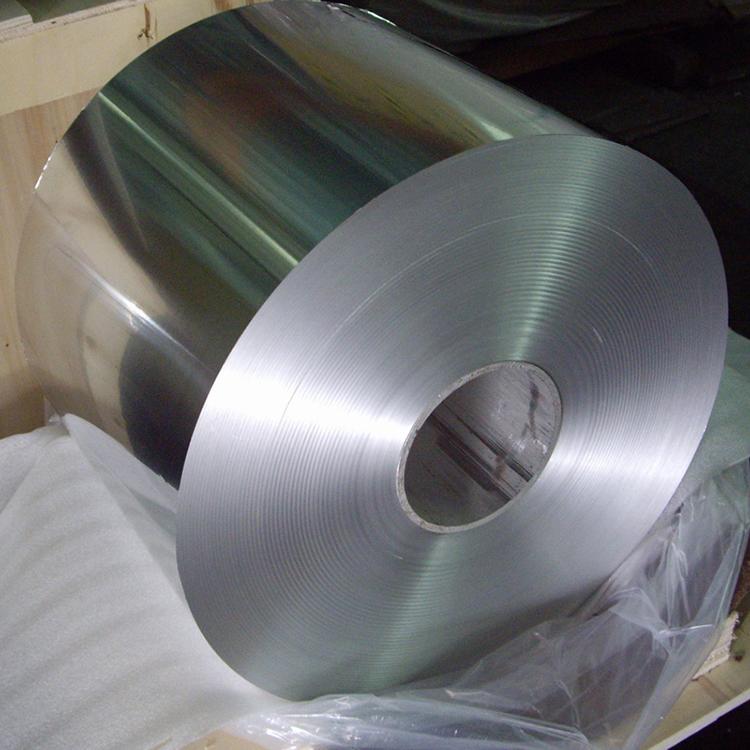Can 1060 aluminum foil be used for food packaging?

1060 aluminum foil can be used for food packaging. It is a high-purity aluminum alloy that contains 99.6% aluminum and is known for its excellent corrosion resistance, formability, and thermal conductivity, making it suitable for food packaging applications. Here's a detailed description of why 1060 aluminum foil is a good choice for food packaging:
High Purity and Safety
1060 aluminum is almost pure aluminum (99.6% aluminum), which means it is free from harmful contaminants and metals that could pose health risks when in contact with food. Its high purity ensures that it is non-toxic, odorless, and safe for food contact, meeting food safety standards in many countries.
Corrosion Resistance
- Aluminum naturally forms a protective oxide layer on its surface when exposed to air, making it highly resistant to corrosion. In the context of food packaging, this property is crucial, as it helps protect the food from contamination and spoilage due to moisture, oxygen, and light. The resistance to oxidation makes 1060 aluminum foil ideal for long-term food storage.
Thermal Conductivity
- One of the key properties of 1060 aluminum foil is its excellent thermal conductivity. This allows the foil to quickly transfer heat, making it suitable for applications like baking, grilling, and heat-sealed packaging. It also ensures that food items are evenly cooked or heated.
Barrier Properties
1060 aluminum foilacts as a highly effective barrier to light, air, moisture, and bacteria, which helps preserve the flavor, aroma, and freshness of packaged food products. This is particularly important in preserving perishable items like meats, dairy products, and ready-to-eat meals.
Lightweight and Formable
- Aluminum foil, including the 1060 alloy, is extremely lightweight, which reduces the overall packaging weight. Its malleability allows it to be easily formed into various shapes and sizes, making it ideal for packaging a wide range of food products such as wraps, trays, and pouches. Its formability also makes it easy to create airtight seals, which help extend shelf life.
Recyclability
Aluminum, including 1060 aluminum foil, is 100% recyclable without losing its quality. This makes it an eco-friendly option for food packaging, contributing to sustainability by reducing the environmental impact of packaging materials.
Application Examples
Food Wrapping: Commonly used for wrapping sandwiches, baked goods, and snacks to retain freshness and prevent contamination.
Aluminum Trays: Often used for ready-to-eat or frozen meals, as the trays can go directly from the freezer to the oven.
Lidding Foils: Used as sealing materials for yogurt cups, containers, and other food items that require a tight seal to ensure freshness.
Cooking and Baking: Suitable for lining baking sheets, grilling, and roasting pans, as it can withstand high temperatures and distributes heat evenly.
Limitations
Although 1060 aluminum foil is highly versatile, it is not ideal for extremely acidic or salty foods, as prolonged contact may cause slight aluminum leaching. However, food-safe coatings (like lacquer or polymer) are often applied to prevent this issue in such cases.
In summary, 1060 aluminum foil is an excellent material for food packaging due to its high purity, corrosion resistance, thermal conductivity, and barrier properties. It ensures food safety, extends shelf life, and offers versatility in various packaging formats while being recyclable and environmentally friendly.
- Art
- Causes
- Crafts
- Dance
- Drinks
- Film
- Fitness
- Food
- Jeux
- Gardening
- Health
- Domicile
- Literature
- Music
- Networking
- Autre
- Party
- Religion
- Shopping
- Sports
- Theater
- Wellness


